1. Physical Credit Cards
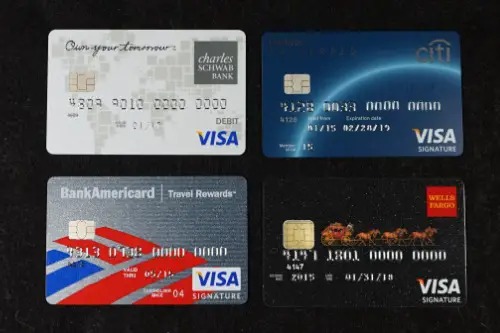
The days of swiping or inserting your credit card are numbered, according to CNET. Digital payment methods like Apple Pay, Google Wallet, and contactless transactions are already taking over. Many retailers and banks are pushing for a cashless, card-free future, favoring biometrics and smartphone-based authentication. By 2030, your face or fingerprint could be all you need to make a purchase.
Even traditional credit card companies are shifting toward virtual solutions. Physical cards come with security risks, while digital wallets offer encrypted, multi-layered protection. Governments and financial institutions are also promoting digital payments to combat fraud and streamline transactions. Soon, carrying a physical credit card could seem as outdated as using a checkbook.
2. Gas-Powered Cars

With global efforts to curb carbon emissions, gas-powered vehicles are heading toward extinction. Many governments are setting deadlines to phase out new gas car sales, ABC News reports, with places like the UK and parts of the U.S. planning bans by the mid-2030s. Automakers are investing billions into electric vehicle (EV) production, making traditional engines a thing of the past. By 2030, EVs could be the standard, not the exception.
Charging networks are expanding rapidly, making EVs more practical than ever. Advances in battery technology are increasing range while reducing costs, closing the gap between gas and electric cars. Many cities are also introducing zero-emission zones, discouraging fossil fuel vehicles altogether. The days of the gas pump as a daily stop may soon be over.
3. Standalone GPS Devices
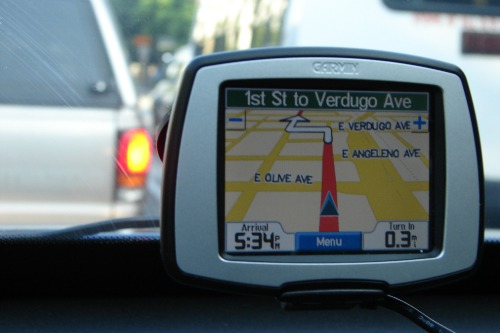
Once a must-have for road trips, standalone GPS units have largely been replaced by smartphones, WIRED reported even back in 2012. Navigation apps like Google Maps and Waze offer real-time traffic updates, voice commands, and offline functionality. Even built-in car GPS systems are becoming redundant as automakers integrate AI-driven mapping services. By 2030, buying a separate GPS device will seem unnecessary.
The shift to smart navigation isn’t just about convenience—it’s about accuracy. Traditional GPS systems require manual updates, while modern apps receive continuous improvements via the cloud. AI-enhanced mapping will soon offer predictive routing, personalized suggestions, and augmented reality overlays. A dedicated GPS unit will likely be a relic of the past.
4. Paper Receipts
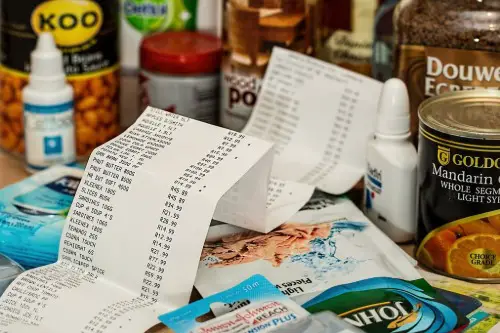
Retailers are rapidly phasing out paper receipts in favor of digital alternatives, The Guardian reports. Major chains already offer e-receipts via email or mobile apps, reducing paper waste and improving efficiency. Environmental concerns are accelerating this trend, with some cities even considering bans on unnecessary receipt printing. By 2030, a printed receipt may be as rare as a faxed invoice.
Consumers also prefer digital records for convenience and security. Paper receipts fade, get lost, and contribute to clutter, while electronic versions are searchable and easily stored. Financial apps and banking tools are integrating receipt tracking, making expense management seamless. Soon, the idea of stuffing a paper receipt into your wallet will seem outdated.
5. Traditional Cable TV

Cable television has been on the decline for years as streaming services take over, Investopedia explains. On-demand platforms like Netflix, Hulu, and Disney+ provide more content for less money, making expensive cable packages harder to justify. Younger generations are opting for personalized, ad-free experiences, accelerating the shift away from traditional TV. By 2030, cable subscriptions could be a thing of the past.
Live TV options are also evolving, with streaming services offering real-time news and sports. Major networks are launching their own platforms to compete with cable providers, making the old model increasingly obsolete. With smart TVs and mobile apps offering instant access to entertainment, paying for hundreds of channels you don’t watch will no longer make sense. The era of flipping through cable channels is nearly over.
6. Keys—House and Car
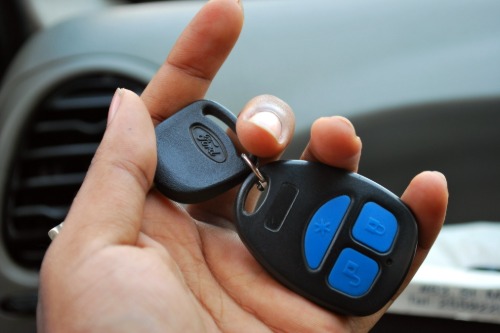
Physical keys are quickly being replaced by digital alternatives. Smart locks, keypads, and biometric entry systems are becoming standard in homes, eliminating the need for traditional metal keys. Cars are following the same trend, with automakers integrating smartphone-based unlocking and push-button start systems. By 2030, carrying a bulky keychain could feel unnecessary.
Security is a major driving force behind this shift. Digital locks offer features like remote access, temporary guest codes, and real-time entry logs, making them more secure than traditional keys. Automakers are also improving keyless entry to reduce car theft and enhance convenience. Soon, the idea of fumbling for keys will feel as outdated as using a rotary phone.
7. Plastic Water Bottles
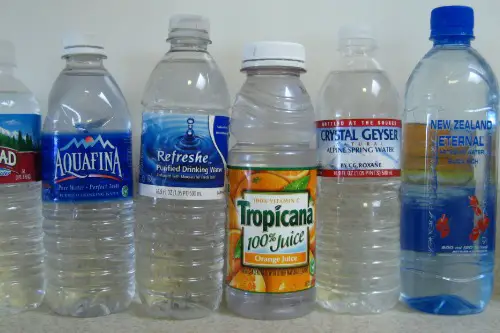
Single-use plastic bottles are facing growing restrictions due to environmental concerns. Many cities and countries are implementing bans, pushing consumers toward reusable alternatives. Water refill stations and sustainable packaging solutions are becoming more widespread, reducing the need for disposable bottles. By 2030, plastic water bottles may be nearly extinct.
Companies are also shifting toward eco-friendly materials like aluminum and biodegradable plastics. Consumers are embracing reusable water bottles, with smart designs that track hydration and self-clean. Governments and businesses are incentivizing refill programs to cut down on waste. The future is clear: single-use plastics are on the way out.
8. Landline Phones
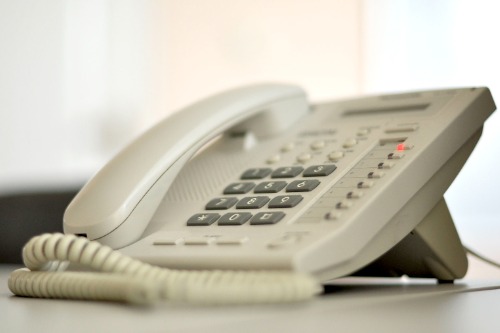
Print newspapers have been steadily declining as digital news takes over. Online platforms provide instant updates, interactive content, and personalized news feeds, making traditional papers less relevant. Rising production costs and shrinking ad revenue have forced many print publications to go digital-only. By 2030, finding a physical newspaper could be a rarity.
Environmental concerns also play a role in this shift. Printing and distributing newspapers require vast amounts of paper and ink, while digital formats have virtually no waste. Younger readers prefer getting news via apps, social media, and podcasts, further reducing demand for print. Soon, the tradition of flipping through a morning newspaper may be a thing of the past.
9. Physical Newspapers

Print newspapers have been steadily declining as digital news takes over. Online platforms provide instant updates, interactive content, and personalized news feeds, making traditional papers less relevant. Rising production costs and shrinking ad revenue have forced many print publications to go digital-only. By 2030, finding a physical newspaper could be a rarity.
Environmental concerns also play a role in this shift. Printing and distributing newspapers require vast amounts of paper and ink, while digital formats have virtually no waste. Younger readers prefer getting news via apps, social media, and podcasts, further reducing demand for print. Soon, the tradition of flipping through a morning newspaper may be a thing of the past.
10. Passwords

Passwords have long been a security headache, and their days are numbered. Biometric authentication, passkeys, and encrypted login methods are already replacing traditional passwords. Tech giants like Apple, Google, and Microsoft are pushing for passwordless authentication to improve security. By 2030, remembering a long string of characters may be obsolete.
Hackers increasingly exploit weak passwords, making biometric security a safer alternative. Fingerprints, facial recognition, and behavioral authentication provide better protection against cyber threats. Many companies are adopting multi-factor authentication (MFA) to enhance security. Soon, the frustration of resetting forgotten passwords may be a thing of the past.
11. Non-Electric Lawn Tools

Gas-powered mowers, leaf blowers, and trimmers are being phased out due to noise and pollution concerns. Many cities are banning gas-powered gardening equipment in favor of quieter, battery-operated models. Advances in battery technology have made electric tools more powerful and affordable. By 2030, gas-fueled yard tools could be completely outdated.
Environmental regulations are also accelerating the transition. Many states are offering incentives for switching to electric tools, and manufacturers are prioritizing sustainable designs. Homeowners and landscapers are embracing electric options for their lower maintenance and long-term savings. The roar of a gas mower may soon be a rare sound.
12. CDs and DVDs

Physical media is disappearing as digital streaming and cloud storage dominate. Music and movie streaming services offer instant access to massive libraries, making CDs and DVDs unnecessary. New laptops and gaming consoles are being designed without disc drives, signaling the end of physical media. By 2030, finding a disc-based movie or album could be nearly impossible.
Collectors and nostalgia enthusiasts may keep some discs, but mainstream use is dwindling. Digital formats provide higher-quality playback, unlimited storage, and better convenience. Even software companies are moving to cloud-based downloads instead of disc-based installations. The era of physical entertainment media is coming to a close.


